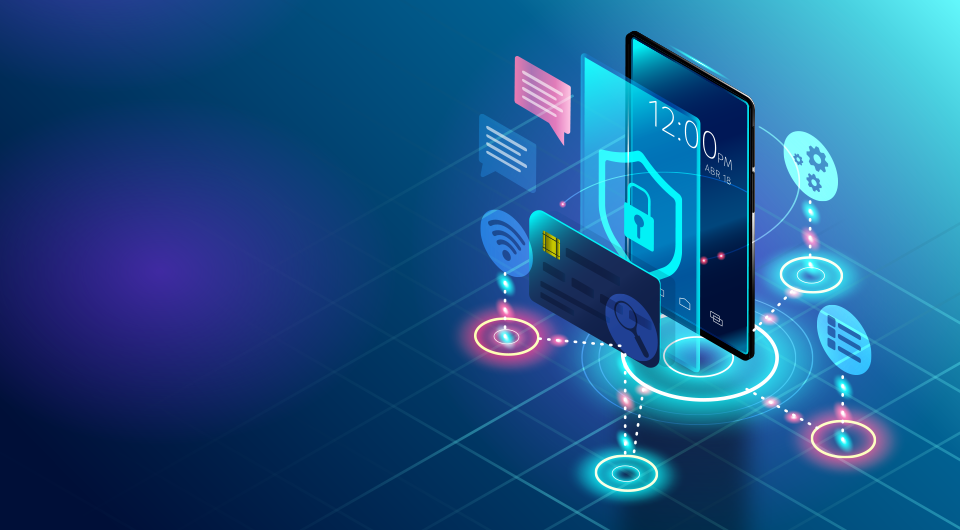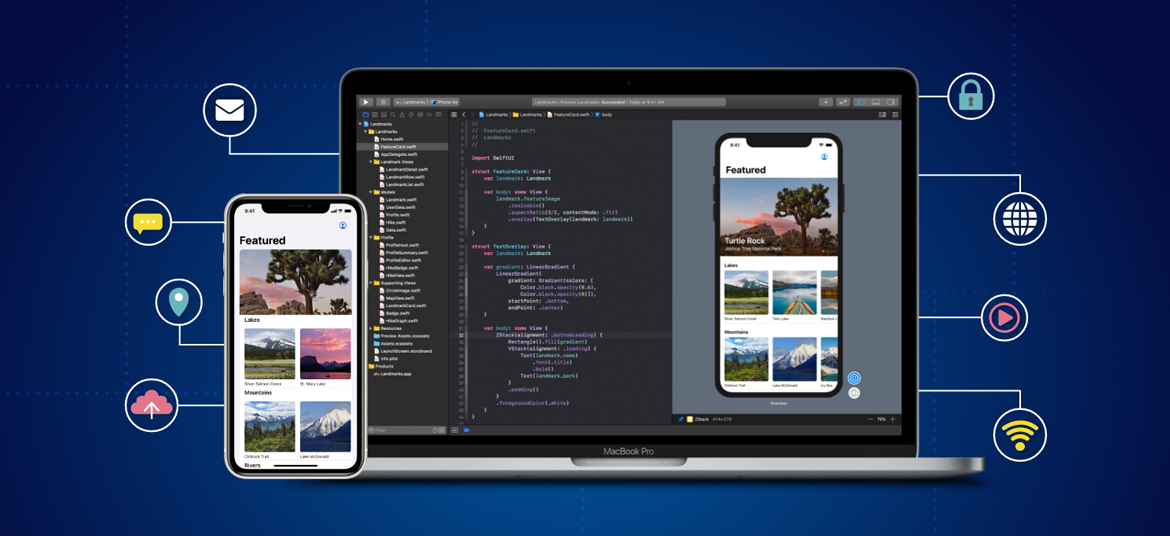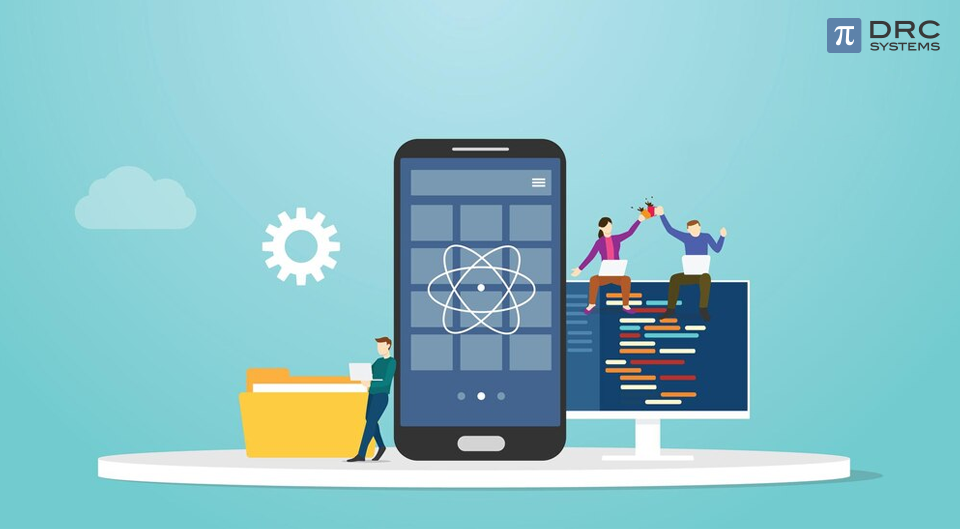Related Articles
How iPhone App Development Can Benefit Your Business.
Discover how an iOS app can enhance your business operations and growth.
Read The PostChoosing the right language for iOS app development
If you are searching for the best programming language for iOS app development, this blog will help you find it.
Read The PostThe Ultimate Guide to Choosing the Right Mobile App Development Platform
This guide provides everything you need to know to choose the right mobile app development platform.
Read The Post


